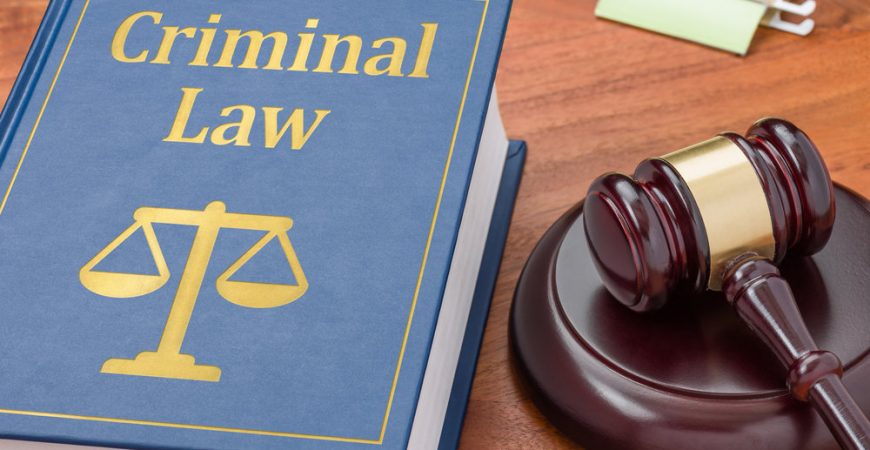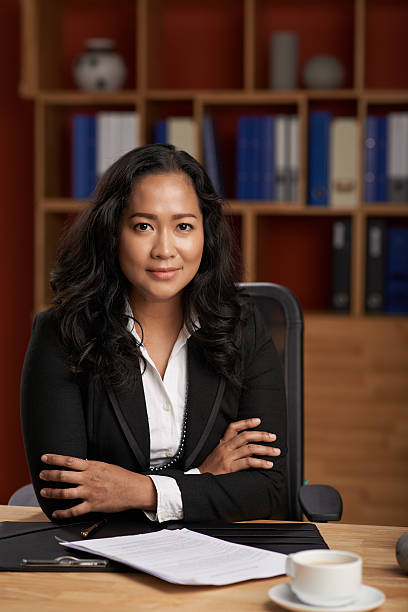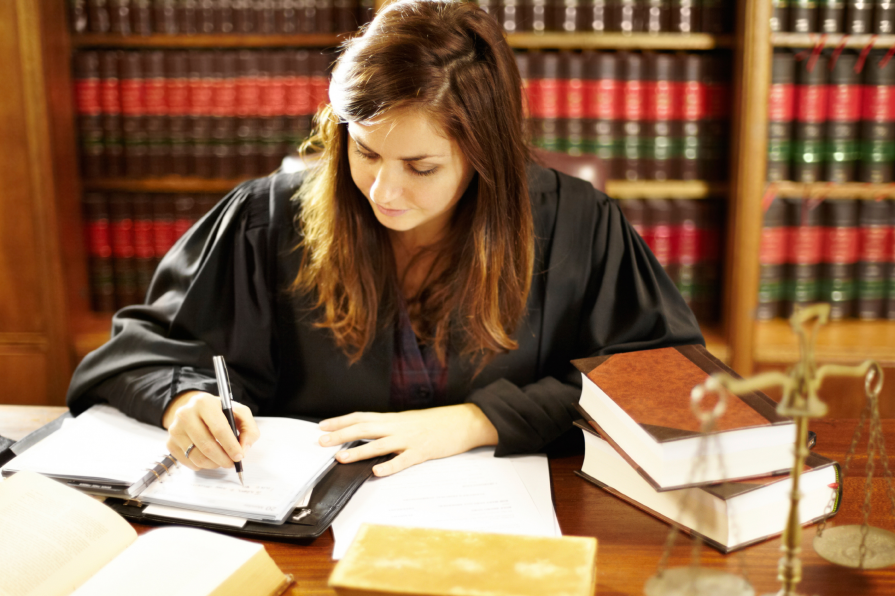Criminal Law

A bail is the security that a court requires for an accused’s release. The bail concept states that the accused should be released from the custody of law enforcement agencies and placed in the custody of sureties. It is, in reality, the transfer of the accused from judicial custody to sureties with the proviso that sureties remain bound for the accused’s future appearance in court whenever the accused’s appearance is required. This is a temporary order that the court may rescind at any time based on the circumstances. Sections 496, 497, and 498 of the Criminal Procedure Code, 1989, govern bail.
Criminal Pre-Arrest Bail/Bail Before Arrest
Anticipatory bail is a command to release a person on bail that is issued before the arrest. If any individual suspects that there is a plot to have him arrested on false or trumped up charges, or out of enmity with someone, or if he suspects that a phoney or false case is about to be filed.
Criminal Protective Bail
Protective bail is provided under section 498 of the Criminal Procedure Code, 1898 to allow a person to approach the relevant court of law for the purpose of obtaining pre-arrest bail without affecting the merits of the case. We at CSMA law Firm deal with criminal bails and criminal appeals on a professional level.
Direct approach to High Court
Superior courts can entertain application for pre-arrest bail and can grant relief to accused in appropriate cases where accused could inter alia, established that he was prevented from approaching lower court concern.

Qualified Workers
Qualified Workers
Qualified Workers

A court trial, also known as a bench trial or a jury trial, is when all of the facts of a case are heard and a judge or jury renders a decision on the case. In a bench trial, an offender might forego his right to a jury trial and instead have the judge decide the decision. Both parties will make opening statements during the trial. The opening statements will explain why the state believes the criminal is guilty and why the offender believes he or she is innocent. Following the opening statements, the evidence will be given, and witnesses may be summoned and questioned. The evidence or witness statements might then be rebutted by each party.
